Tag Archive for: Mining
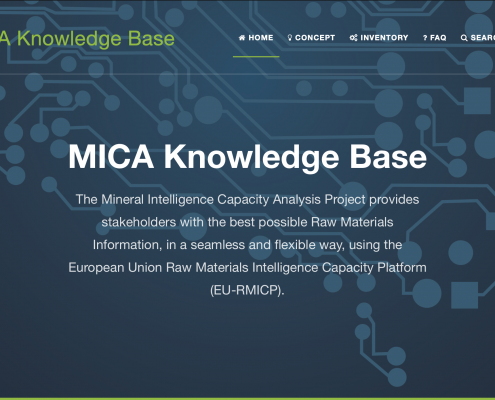
Launch of the European Raw Materials Intelligence Capacity Platform
On January 2018, the H2020 MICA (Mineral Intelligence Capacity…
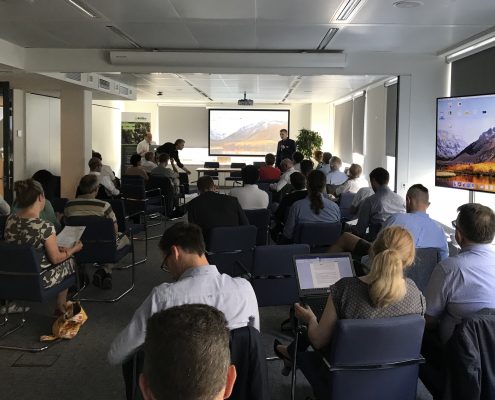
LPRC participates at BIOMOre final event, Brussels
LPRC attended to BIOMOre, a H2020 funded project on an alternative…
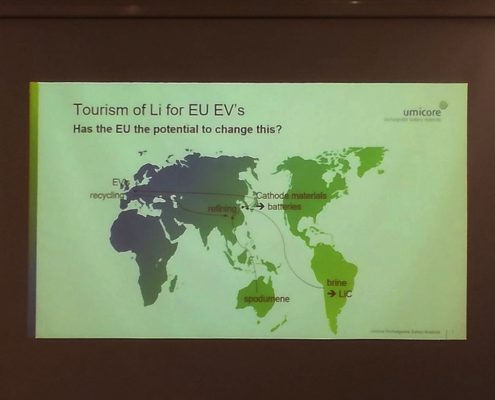
LPRC at the “Building the lithium value chain in Portugal” seminar, Brussels
On the 27th of June, LPRC attended a conference based on the…
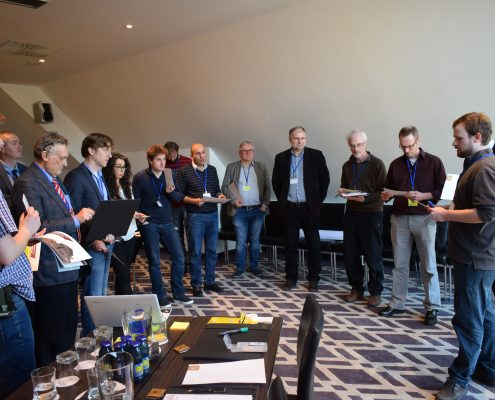
LPRC at the 2nd SISBRAMME event, Porto Alegre
On May 3, LPRC joined the 2nd SISBRAMME (South Brazilian Mining,…
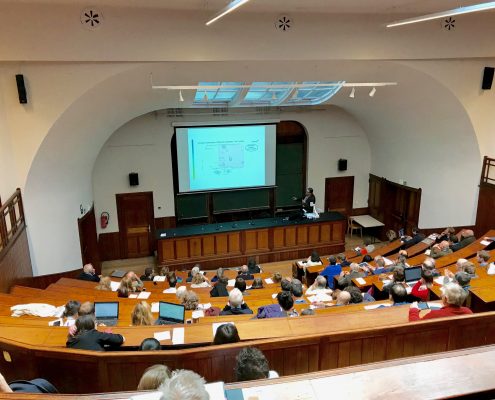
Symposium on Social License to Operate, Leuven
On the 21st of February, a symposium took place in Leuven, and…
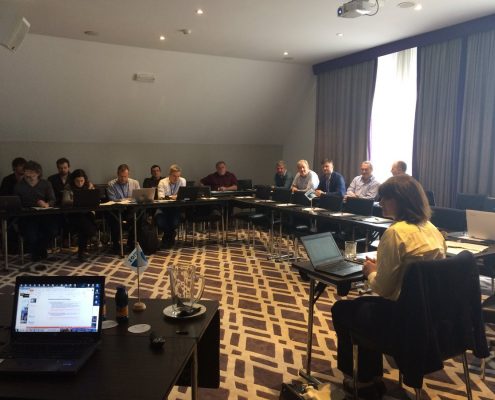
¡VAMOS! Partner Forum, Bled
The ¡VAMOS! partner forum took place on the 31st of January…

¡VAMOS! & UNEXMIN joint conference, Bled
On the January 30, the Hotel Kompas in Bled, Slovenia, hosted…
